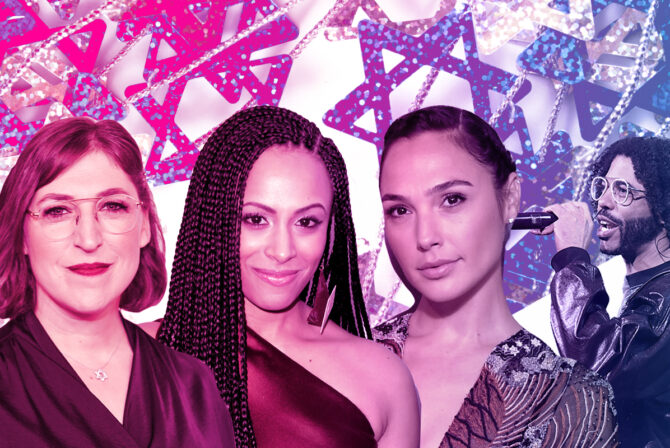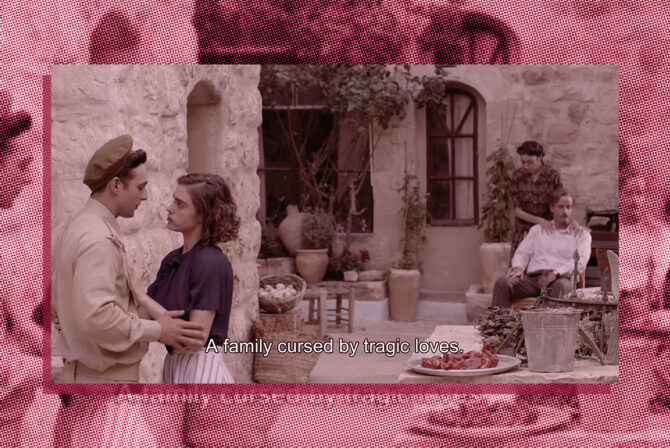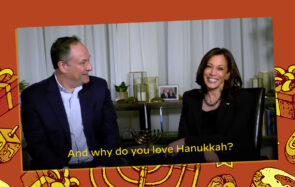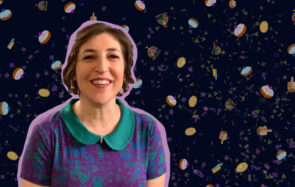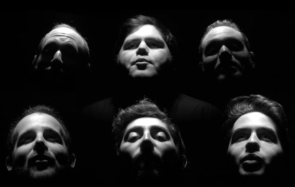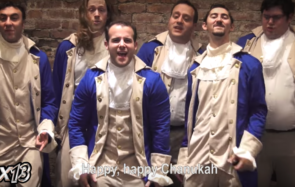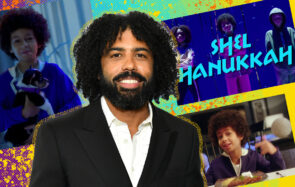As a kid, I was alwaysexcited for Hanukkah. I loved the donuts, latkes, playing dreidel, and all the fun songs. But I also remember constantly comparing itto Christmas. Even growing up in New York City, which has a huge Jewish population, it was hard not to be drawn to the sparkling trees, the carols, and even the idea of Santa leaving gifts on Christmas Eve.
As I’ve grown older, however, I’ve developed a passion for my Judaism, our traditions, and, perhaps more than anything, myfamily’s Mizrahi background. These days, when it comes to celebrating Jewish holidays, I now look for meaning over anything else. Fortunately, Hanukkah has that — and so much more.
If you’re familiar with the story of Hanukkah, you probably thinkof the Maccabees— the small band of Jewish rebels who stood up to the powerful Syrian-Greek army, thus ensuring the Jews could safely continue to practice their religion. But have you heard of Judith — also known as Yehudit — the Jewish heroine who also saved her people? As the story in the apocryphalBook of Judithgoes, she was a beautiful, clever woman who decapitated the Assyrian general Holofernes, thus preventing a siege of her hometown, Bethulia.
I had learned a bit about Judith in art history class — there are many Baroque and Renaissance depictions of her in action, the most famous being“Judith Beheading Holofernes” by Artemisia Gentileschi (1614–1620). But it wasn’t until I started researching Mizrahi culture that I realized that Judith’s story is connected to Hanukkah — and that there’s special Mizrahi Hanukkah tradition that honors Judith, as well as subsequent generations of strong Jewish women. It’s a holiday falls on the new moon of the Hebrew month of Tevet, which is the sixth or seventh night of Hanukkah, calledChag Habanot, the Festival of the Daughters.
Chag Habanot — which is also known asEid Al-banatin Judeo-Arabic — honors the story of Judith, as well as the special relationships among Jewish women. During this holiday — which was celebrated in Tunisia, Morocco, Libya, and Algeria, among others — women would get together to sing, dance,bake sweet treats, and give gifts to one another. In some communities, women would visit the synagogue to kiss the Torah scrolls and be blessed by the rabbi. They would Jewish liturgical poems, known aspiyyutim, and pray for the health and wellbeing of the women in their lives.
This custom early disappeared over the past two generations, as most Jews fled Arab countries across the Middle East and North Africa amid violent attacks. (According to theUK Parliament, in 1945, 856,000 Jews lived in the region; today, only about 4,500 remain.)
However, as communities in Israel and around the world are rediscovering this holiday, it’s starting to make a comeback.
When I first learned of this special holiday, I was instantly drawn to its focus on a sacred space for women. As a dancer — specifically, araqs sharqi(belly dance) instructor and performer — I have always valued the special moments shared in women-only classes. It gave us the space to be more open, more real, and freely share life experiences and opinions among different generations. These dance classesconnected usas women in a unique way that only we could understand.
I’ve been in the Middle Eastern dance world for a long time — growing up, I was surroundedby dance, from my Turkish BFF’s home to Bukharian weddings to my own family gatherings. Once I got to college, I started the first belly dance club at the University of Massachusetts Amherst, and it became my life’s passion ever since. It’s pushed me to examine my family’s background as well as research the Mizrahi Jewish experience. The more I learned, the more I realized there are so many untold stories, so many lost traditions, and so much history that isn’t talked about enough in the Jewish world and beyond. This led me to create theMizrachi Dance Archive在线工具来了解特定的犹太哒nces from Middle Eastern and North African countries, and to connect Mizrahi dancers who are currently teaching and performing all over the world. My hope is that these pieces of Mizrahi culture can live on for future generations.
这就是为什么我不是sionate about reviving traditions like Chag Habanot. It’s an important component of hundreds of years worth of Jewish customs and communities that deserve to be preserved and celebrated.
What’s more, Chag Habanot revives an ancient need for women’s spaces, and gives us all a moment to honor, to learn from, and appreciate the women in our lives. And, to be clear:Anyonecan celebrate Chag Habanot — you do not need to have or to be a daughter. It’s atime to honorany woman in your life.
Want to add Chag Habanot to yourHanukkah celebration? There are so many unique ways to incorporate this tradition into your holiday. Here are some of my favorites:
It’s customary toeat sweetson Chag Habanot! Try making some traditional Hanukkah sweets like the Moroccansfenj,a simple but delicious doughnut. It’s also afeminist traditiontoeat cheese; according to the Book of Judith, Judith fed Holofernes salty cheese, which made him thirsty. He then drank so much wine he passed out — thus enabling Judith to save her people.
You canlearn a new Mizrahi dancemove — YouTube makes this very easy! Maybe someMoroccanchaabior anAlgerian shimmy!
Sing the blessing “Mi Shebeirach,” a prayer for healing that includes the line, “May the One who blessed our Mothers bless us.” This prayer of healing is a good fit for the holiday, since it’s customary to pray for the health of women in your life. Here is avideoof the iconic Debbie Friedman version, sung by Rabbi Ahuva Zaches.
As you light the menorah,light the night’s candle in honor of the Shekhinah, presence of God that is within every person (in Jewish mystical tradition, the Shekhinah is depicted as female). You could also light the candle in honor of Jewish women, teachers, and leaders in your life. Ritualwell has a lovely short Chag Habanot candle lighting ceremonyhere.
If you’re looking for afun virtual eventthat brings the spirit of the tradition, check out Chag Habanot: A North African Hanukkah Celebration of Women byJIMENA(Jews Indigenous to the Middle East and North Africa) and theMizrachi Dance Archive. This event will feature the world renowned Israeli singer Lala Tamar who will be streaming a Hanukkah concert from Morocco accompanied by local female musicians. I will also be leading a celebratory dance to Moroccan Jewish music. You can stream the event on Facebookhere.
Chag Habanot Sameach!
Header image via Jackie Barzvi

